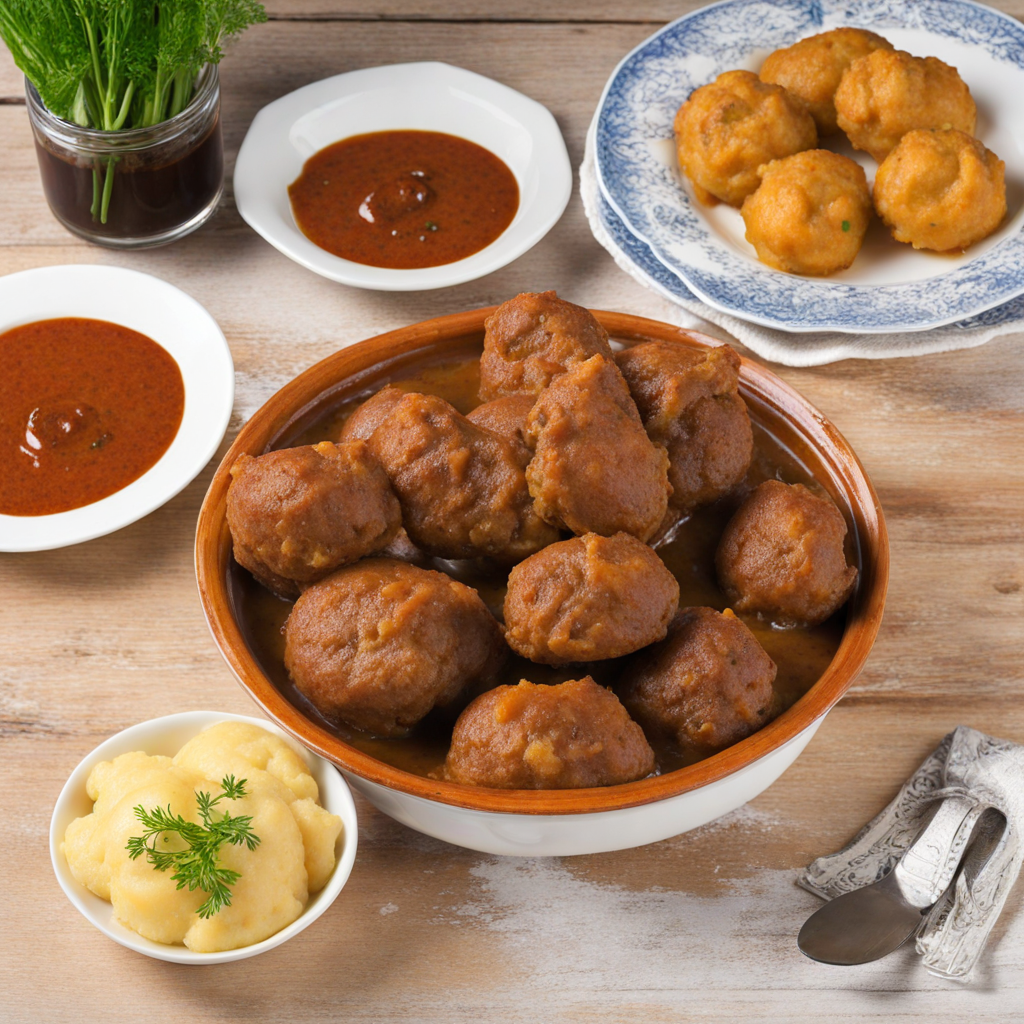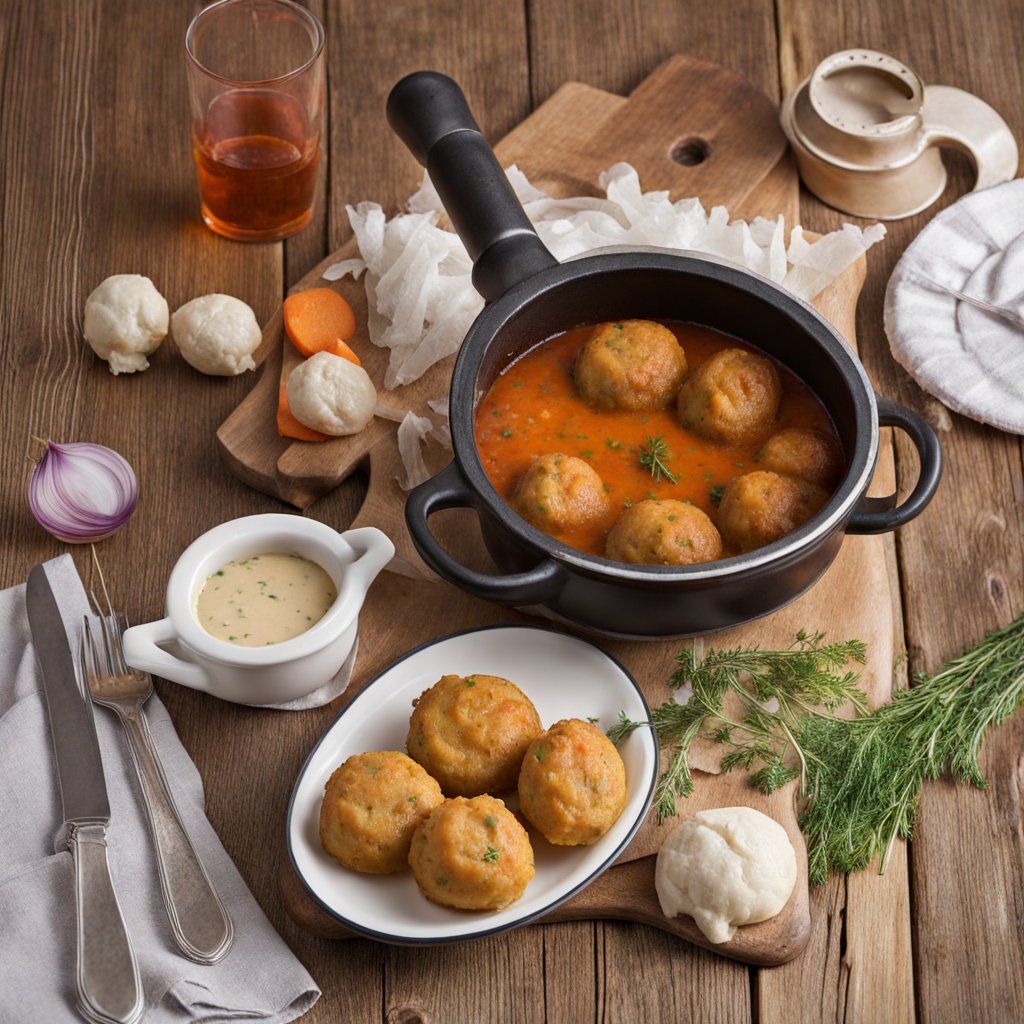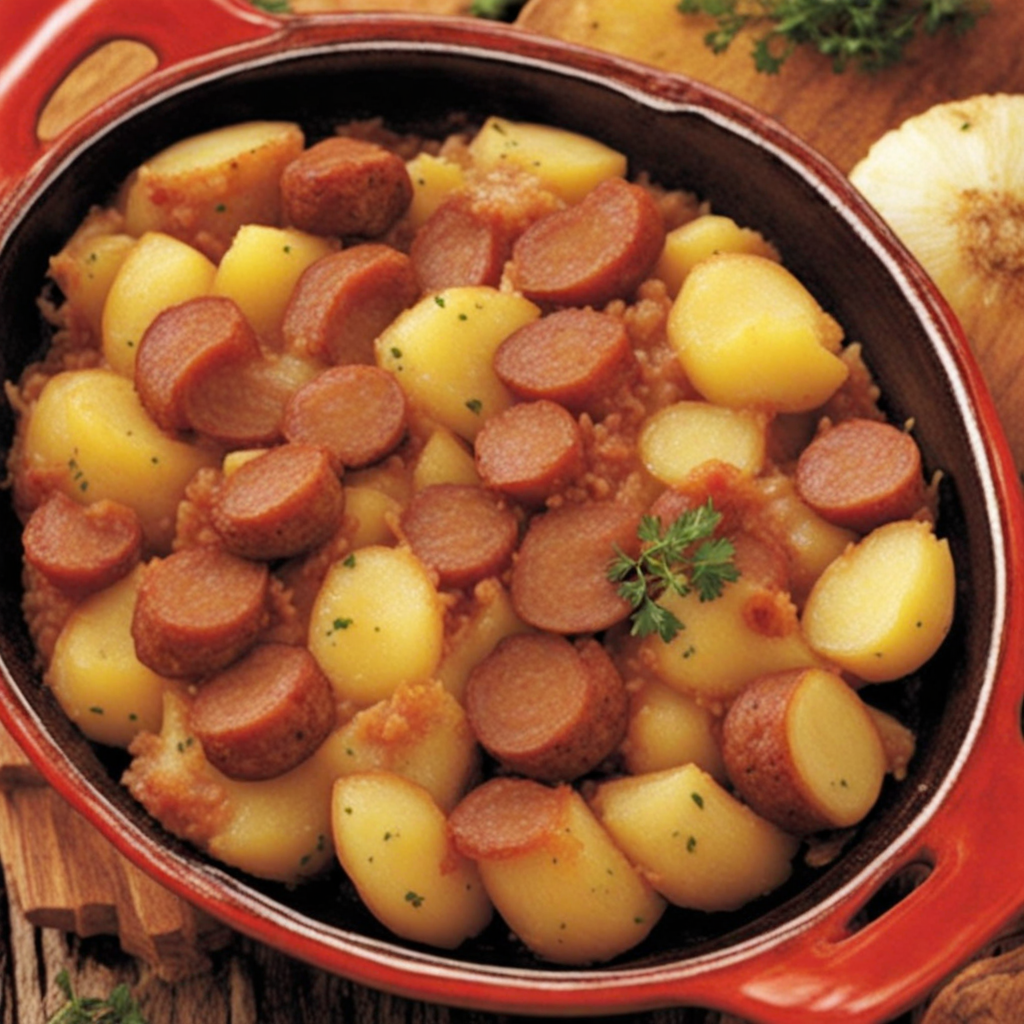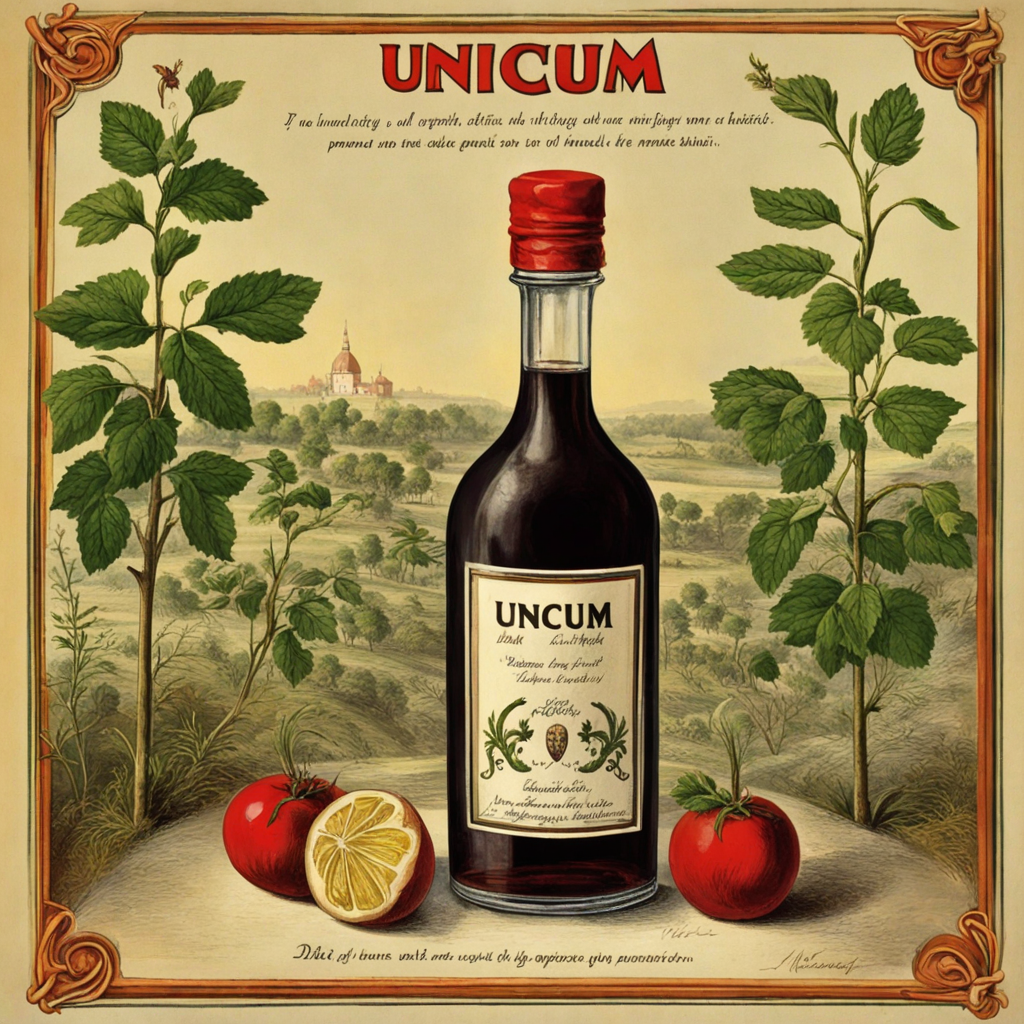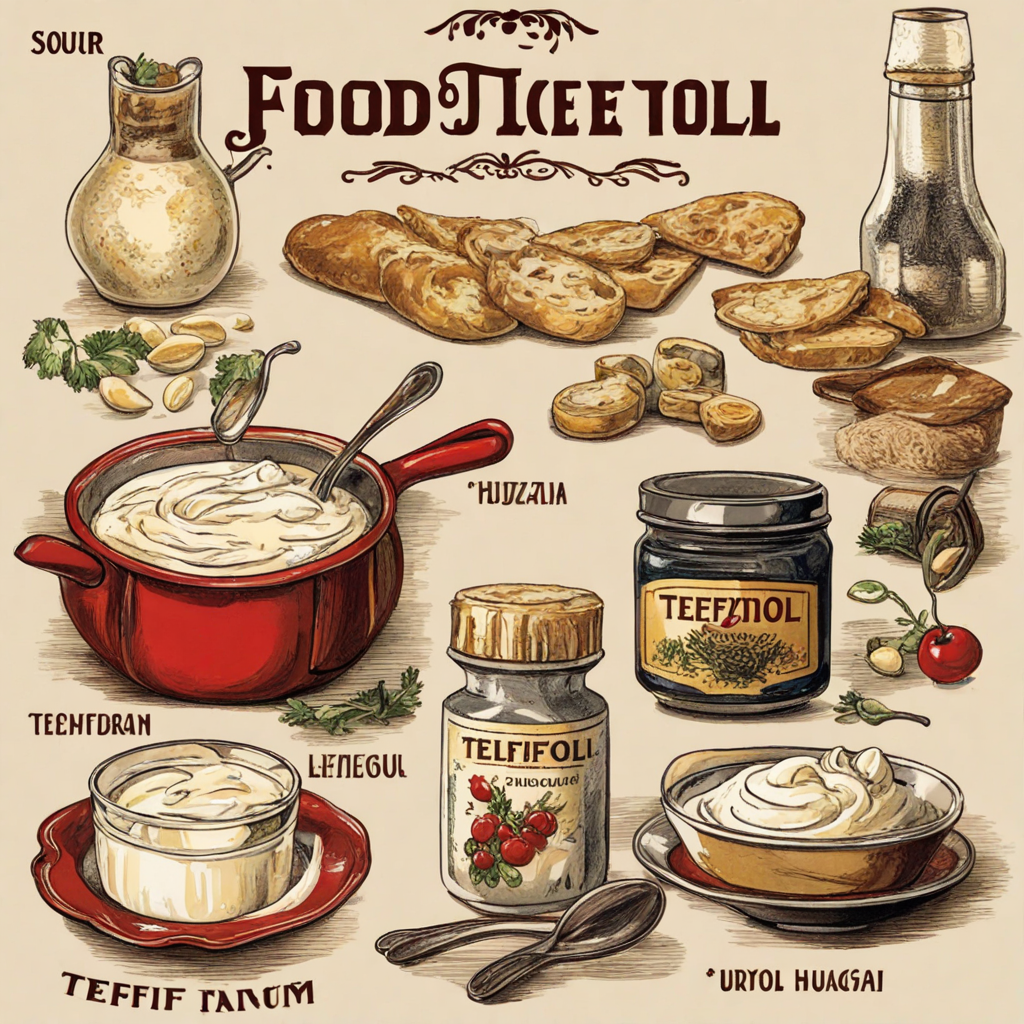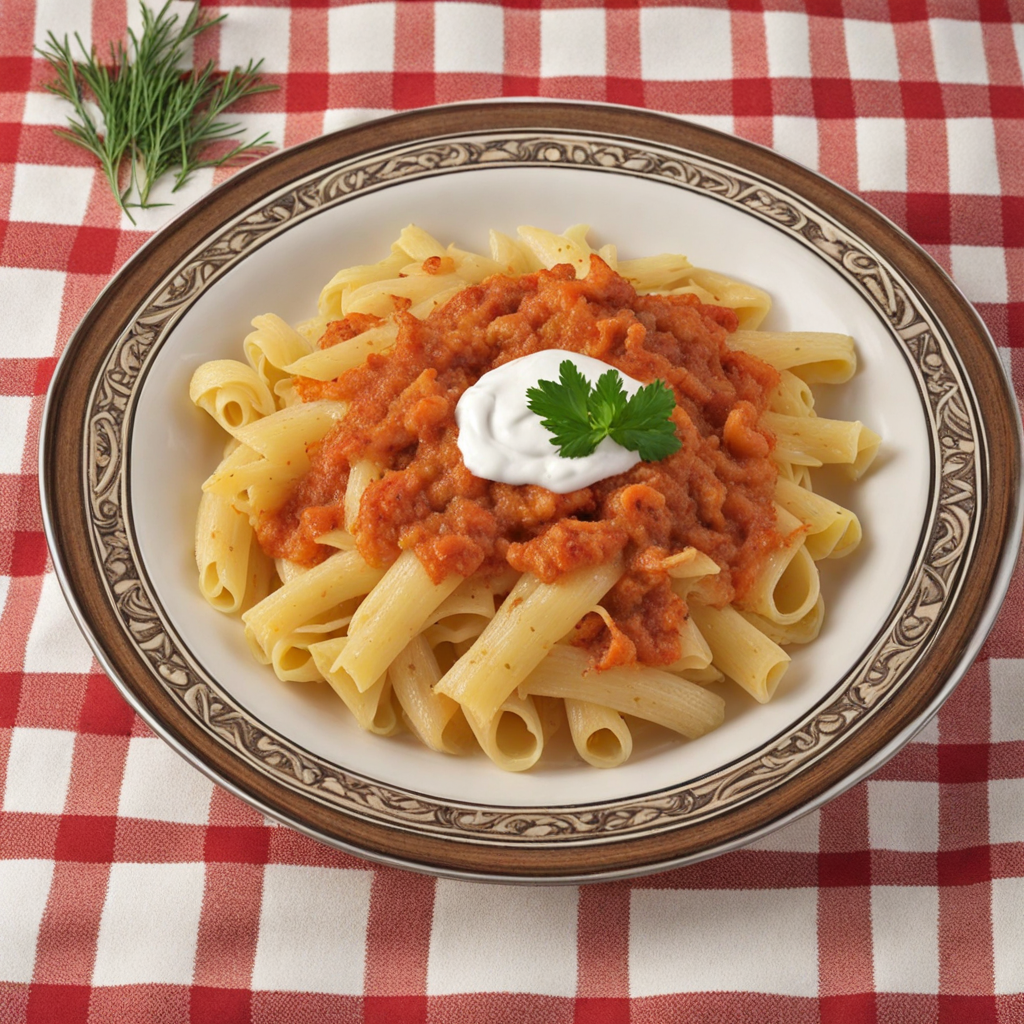Vadas
Vadas, a traditional Hungarian dish, is a savory delight that showcases the rich culinary heritage of Hungary. This dish typically consists of marinated meat, often beef or game, which is braised slowly to achieve a tender and flavorful outcome. The meat is usually seasoned with a blend of spices, including paprika, which is a staple in Hungarian cuisine. The slow-cooking process allows the flavors to meld beautifully, resulting in a hearty and aromatic dish that warms the soul. It is often served with a sauce made from the braising liquid, thickened with flour or cream, which adds a luxurious texture and depth of flavor. Accompanying the Vadas are traditional sides that enhance the overall dining experience. Common pairings include dumplings, known as nokedli, or a classic potato dish. These sides are perfect for soaking up the rich sauce, making each bite a comforting experience. Additionally, pickled vegetables are often served alongside to provide a refreshing contrast to the richness of the meat and sauce. The combination of flavors and textures creates a harmonious plate that is satisfying and deeply rooted in Hungarian traditions. Vadas is not just a meal; it represents a cultural experience that celebrates communal dining. Often enjoyed during family gatherings or festive occasions, this dish brings people together over a shared love of food. The preparation of Vadas can vary from region to region, with each household often having its own secret twist, making it a dish that invites exploration and discovery. Whether enjoyed at a cozy home or a local eatery, Vadas offers a taste of Hungary that is both comforting and inviting, making it a must-try for anyone looking to expand their culinary horizons.
How It Became This Dish
The History of Vadas: A Culinary Treasure from Hungary Vadas, a delightful dish steeped in history and flavor, holds a special place in Hungarian cuisine. This dish, characterized by its rich, savory sauce typically accompanying game meats, exemplifies the deep connection between culture, history, and food that defines Hungarian gastronomy. To understand Vadas, we must journey through its origins, cultural significance, and evolution over time. #### Origins of Vadas The roots of Vadas can be traced back to the medieval period in Hungary, a time marked by the feudal system and the hunting traditions of the nobility. The word "Vadas" itself derives from the Hungarian word "vad," meaning "game" or "wild," reflecting the dish's primary association with hunted meats. This connection to game is significant as it emphasizes the social status of those who could afford to hunt and consume such fare, typically the aristocracy. Historically, game meat was a symbol of wealth and power. The lush forests of Hungary, teeming with deer, boar, and various birds, provided ample opportunity for hunting. As hunting became a favored pastime among the nobility, recipes evolved to make the most of the rich flavors inherent in these meats. Vadas was often prepared to showcase the skills of the cook and to impress guests, serving as both sustenance and a testament to social standing. #### Ingredients and Preparation Traditionally, Vadas is made with game meats, particularly venison or wild boar, which are marinated in a mixture of wine, vinegar, and spices before being braised to tender perfection. The hallmark of this dish is its sauce, a velvety concoction typically enriched with a blend of root vegetables, such as carrots and onions, and flavored with spices like juniper berries and black pepper. Often, a hint of sweetness is added with the inclusion of prunes or currants. The preparation method is crucial to the dish's depth of flavor. After marinating, the meat is seared to create a caramelized crust before being simmered slowly, allowing the flavors to meld beautifully. The sauce, often thickened with a roux or pureed vegetables, becomes a luxurious accompaniment, enhancing the dish's overall richness. #### Cultural Significance Vadas is more than just a dish; it is a reflection of Hungary’s cultural identity. The act of hunting and preparing Vadas is intertwined with traditional Hungarian customs and festivals, celebrating the bond between nature and nourishment. In rural areas, the preparation of Vadas can be a communal event, bringing families and friends together to share in the bounty of the land. During the 19th and early 20th centuries, as Hungary sought to establish its national identity, dishes like Vadas became emblematic of Hungarian heritage. The growing interest in folk traditions and cuisine led to a revival of interest in traditional dishes, with Vadas being celebrated as a symbol of national pride. Cookbooks from this period began to document the recipe, ensuring its place in Hungarian culinary history. Furthermore, Vadas is often served during special occasions and holidays, particularly in the colder months when hearty meals are needed. It is a staple at family gatherings, weddings, and festive celebrations, reinforcing its significance as a comfort food that brings people together. #### Development Over Time As Hungary underwent various political and social changes, so too did the culinary landscape. The Austro-Hungarian Empire, which dominated the region from the late 19th century until World War I, introduced new influences and techniques to Hungarian cuisine. This period saw the incorporation of more elaborate cooking styles and the introduction of ingredients from other parts of the empire, such as cream and more diverse vegetables, which began to find their way into Vadas. In the post-World War II era, Hungary experienced significant shifts in its agricultural practices and food availability. The emphasis on hunting diminished, and the dish began to reflect the realities of everyday life. While game meats remained popular, alternatives such as pork or beef became more common in Vadas preparations. This adaptability allowed the dish to remain relevant, resonating with a broader audience who may not have access to game meats. The late 20th century and early 21st century witnessed a renewed interest in traditional Hungarian cuisine, spurred by a global movement toward authentic and locally sourced foods. Chefs and home cooks alike have revisited classic recipes, often adding personal twists while honoring the traditional methods. Vadas has been revitalized as a symbol of Hungarian culinary heritage, often featured in modern restaurants that aim to celebrate traditional flavors with contemporary flair. #### Vadas in Contemporary Hungary Today, Vadas is celebrated not only in homes but also in restaurants across Hungary and beyond. It has become a staple in the repertoire of chefs who strive to highlight the flavors of Hungarian cuisine. The dish is often served with a side of dumplings, potatoes, or spaetzle, allowing diners to fully savor the rich sauce. Moreover, Vadas has found its way into the hearts of food enthusiasts around the world, thanks to the globalization of cuisine. It has become a dish that represents the intersection of traditional and modern culinary practices, appealing to both those familiar with Hungarian food and those discovering it for the first time. In Hungary, Vadas continues to be a dish that evokes nostalgia, connecting generations through shared meals and memories. Its preparation is often a ritual passed down through families, embodying the values of hospitality and togetherness that are central to Hungarian culture. Conclusion In summary, Vadas stands as a testament to Hungary’s rich culinary history, reflecting its origins in the hunting traditions of the nobility and its evolution into a beloved dish enjoyed by many. From its medieval roots to its modern interpretations, Vadas symbolizes the resilience and adaptability of Hungarian cuisine. As it continues to be celebrated in homes and restaurants, Vadas remains a flavorful link to Hungary’s past, rich in cultural significance and culinary delight.
You may like
Discover local flavors from Hungary


